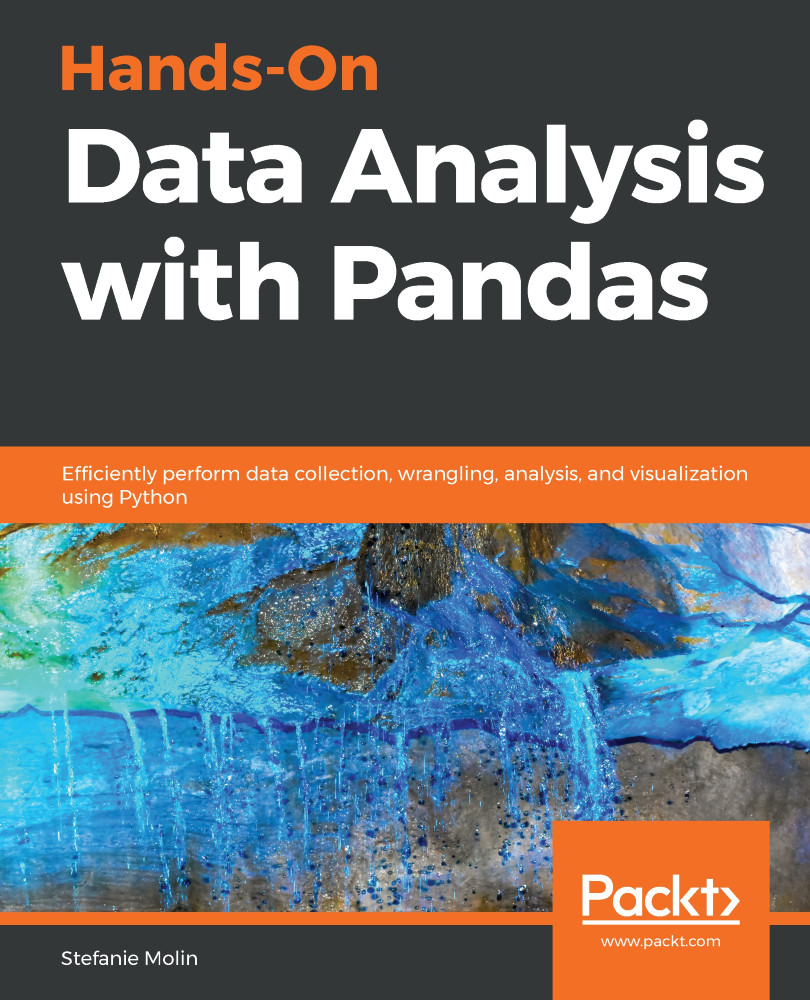It's time to switch gears and work on an application. In this chapter, we will explore a financial application by performing an analysis of bitcoin and the stock market. This chapter builds upon everything we have learned so far—we will extract data from the Internet with pandas; perform some exploratory data analysis; create visualizations with pandas, seaborn, and matplotlib; calculate important metrics for analyzing the performance of financial instruments using pandas; and get a taste of building some models. Note that we are not trying to learn financial analysis here, but rather walk through an introduction of how the skills we have learned in this book can be applied to financial analysis.
This chapter is also a departure from the standard workflow in this book. Up until this point, we have been working with...


